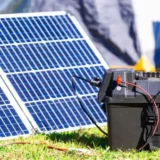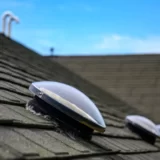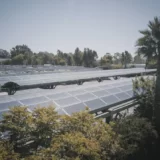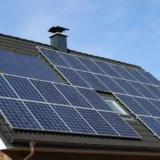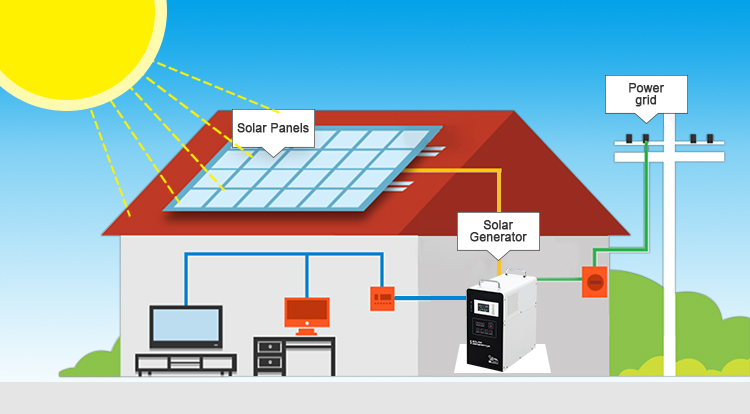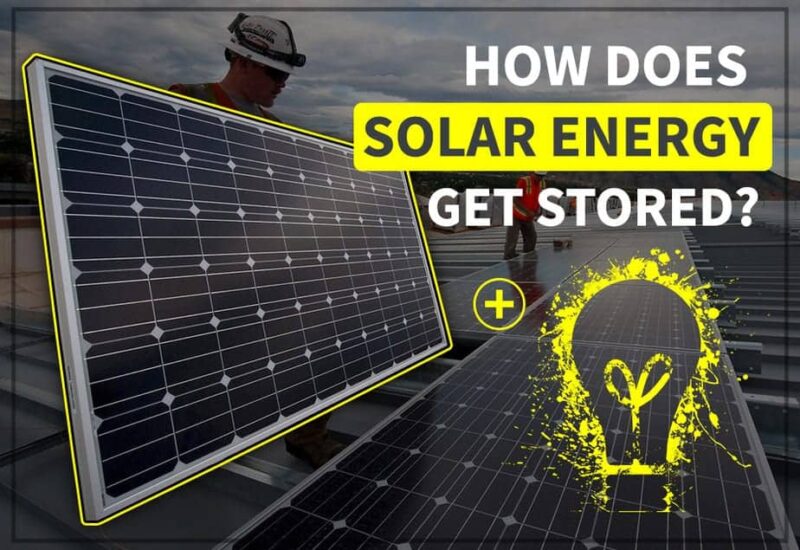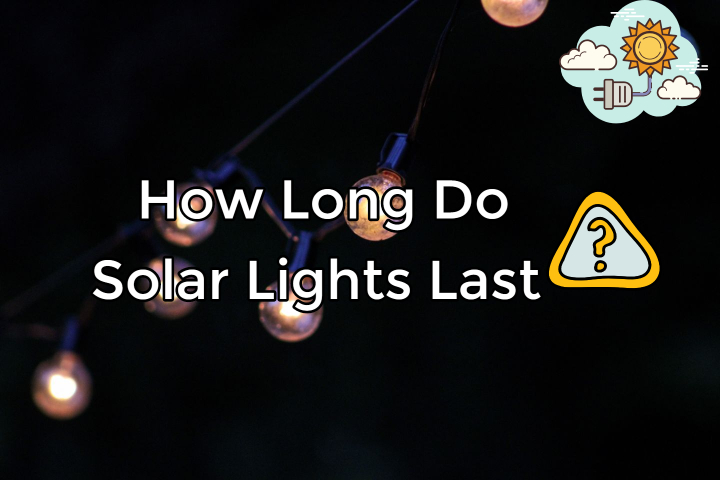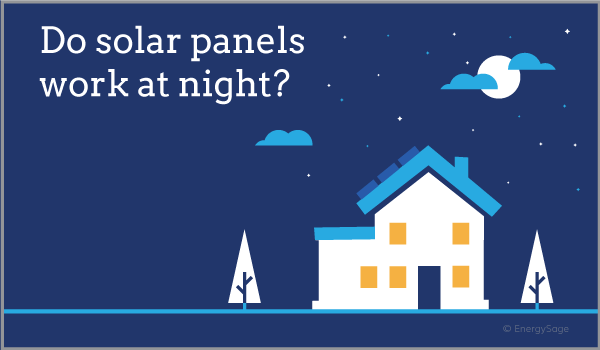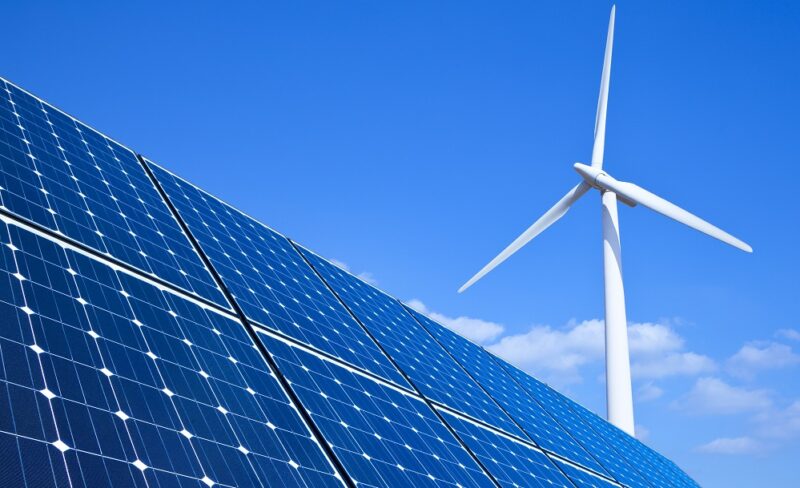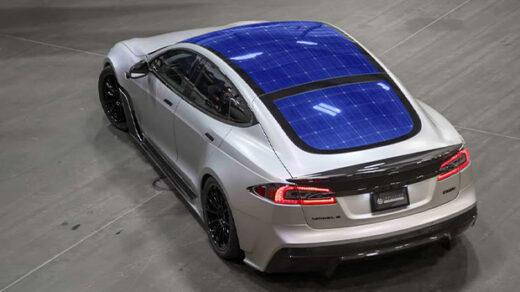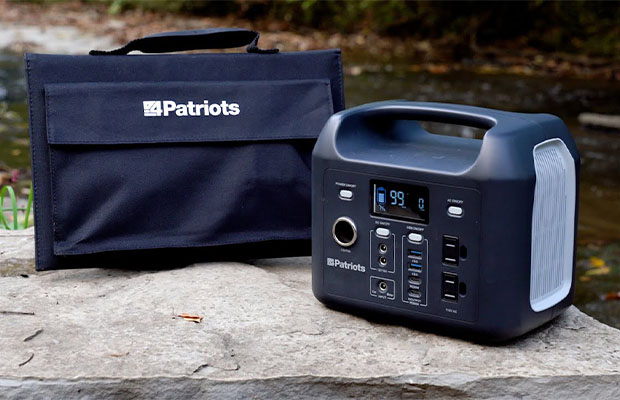Solar energy is probably the most abundant energy source on earth. We can define solar energy as the radiation from the sun that is used to generate heat and electricity. With active solar power, we can do a lot. So, let’s explore all about active solar power.
There are two types of solar energy, classified according to how sunlight is converted into useful energy: active solar energy and passive solar energy. in this article. We will discuss two types of solar energy: what is active and passive solar energy.
Table of Contents
Two Types Of Solar Energy
There are two different types of solar heating systems:
- A passive solar heating system, whose energy system does not use additional equipment to utilize solar energy. These systems utilize hot water and heated air.
- Active solar heating system. In this case, its solar energy system uses external equipment such as solar panels, air collectors, etc.
Active Solar Energy
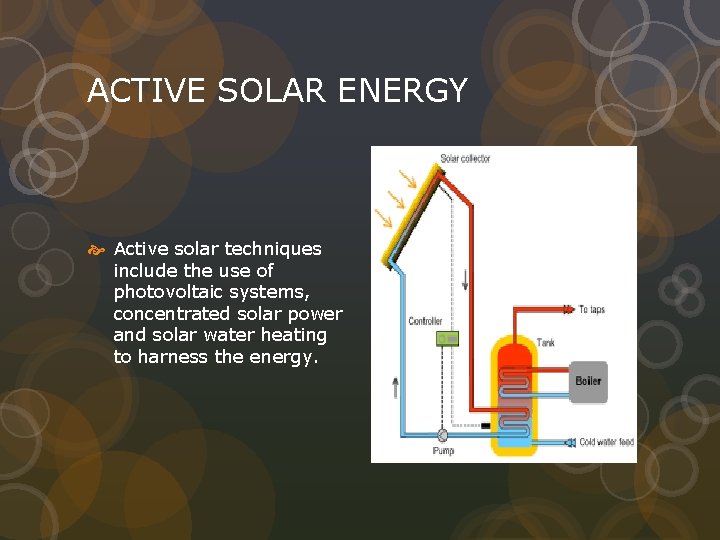
Active solar energy is solar energy that we capture and store for future use. In other words, active solar energy refers to energy obtained from the sun through the use of electricity or other mechanical devices. This is sustainable use of sunlight.
Storing solar energy for future use requires setting up mechanical and electrical equipment such as fans, pumps, etc. This is a cost-effective way to harness solar energy.
Types of Active Solar Energy
- Active Solar Space Heating
Active solar space heating uses mechanical devices such as fans, pumps, blowers, and ducts to collect, store and distribute heat throughout the air/space in our homes.
These active solar systems can be liquid-based or air-based. Liquid-based systems use large tanks to store and distribute heat. These systems utilize pumps, radiant panels, central forced air, or hot water baseplates.
In air-based systems, we have thermal blocks or rock bins to hold the heat, and ducts and blowers to distribute the heat.
- Active solar hot water
Active solar water heating systems are used to heat domestic water. It uses a pump to circulate water or heat transfer fluid through the system.
There are two types of active solar water heating systems: indirect and direct.
Indirect systems have an antifreeze compound. The fluid is first heated in a collector and then enters a storage tank, where a heat exchanger transfers the heat from the fluid to domestic water.
In direct systems, domestic water is heated directly in solar collectors. Once the water is heated, it is pumped into the storage tank and piped into the faucet for use.
- Active solar pool heating
Active solar pool heating, as the name suggests, is used to heat the water in your pool. You might be thinking, isn’t this the same as an active solar water heater?
In active solar pond heating, the water in the pond passes through the solar collector, and after heating, flows back to the pond area through pipes. This eliminates the need for storage tanks.
Components of Active Solar System
Since active solar systems involve the collection, storage, and distribution of energy, there are three basic components:
- Solar energy collection: This is done with the help of a solar collector, usually a flat plate collector, which is just a glass-covered insulating box. Inside the box are black absorber panels that absorb solar energy and convert it into heat.
- Solar energy storage: For liquid-based systems, storage can be done using water tanks or thermal blocks. For air-based systems, we can use rock bins to hold heated air.
- Solar distribution: For liquid system pump distribution, radiant panels, central forced air, or hot water baseplates can be used; for air-based systems, fans and ducts can be used to distribute heated air.
Related Reading: Is Solar Energy Kinetic Or Potential?
How Do Active Solar Heating Systems Work?
Like passive systems, heating in active solar systems always uses the thermal energy of the sun. However, it does not use parts of the building envelope for heating to capture and accumulate. On the other hand, in order to achieve these functions, it uses special equipment made with specific technologies.
The leading technology used is solar thermal energy using solar collectors, which capture solar radiation and convert it into thermal energy.
- Flat collector
Flat-plate collectors convert solar radiation into thermal energy, which is then transferred to storage tanks. We can think of them as water heaters.
The solar panels consist of black copper or aluminum metal sheets that absorb solar radiation and convert it into heat. The plate is covered with a glass plate that allows light and short-infrared radiation carried by sunlight to penetrate and blocks the long-infrared radiation emitted when the plate heats up.
The heat obtained by converting thermal energy is removed from the plate through a heat transfer fluid (usually hot water). It circulates through a heat exchanger to heat the water that will be stored in the tank.
- Radiant panel
Radiant panels are heating devices that transfer heat to the environment by radiation.
Heat is transferred to the radiating element using a serpentine tube that is in close contact with or embedded in the back of the part. A hot heat transfer fluid flows through the pipes. The operating temperature of these devices is very low, between 30 degrees Celsius and 35 degrees Celsius. There are three types of radiant panels: floor, wall, and ceiling.
Difference Between Active and Passive Solar Energy
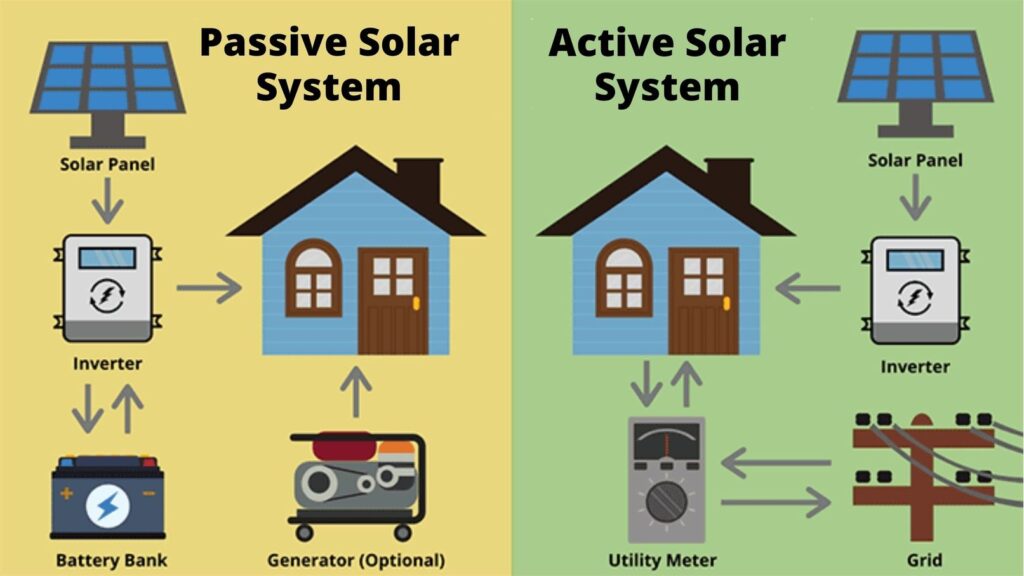
The most significant difference between passive and active solar heating is that active heating uses solar radiation from mechanical equipment as heat or electricity to heat a home. Instead, passive heating heats the objects in your home by absorbing heat as the sun enters your home through windows, roofs, and walls.
- Active systems operate with pumps, blowers, or other mechanical equipment. Meanwhile, passive systems utilize solar radiation directly.
- Active systems do not require special architectural design.
- In passive systems, solar radiation is collected by one element of the structure itself, while active systems require a separate collector.
- We can use active systems in almost any location and type of building.
- Active solar heating systems are more expensive to build and operate than passive systems.
Read More: How To Store Energy From Solar Panels?
Why Use Active Solar Energy?
Installing an active solar system in your home can be beneficial to you. Since solar energy is probably the cleanest energy source, why not make the most of it?
Here are some of the main benefits of active solar that you should know about.
- Active solar energy is the best alternative energy source in cold climates with good solar energy resources. It can replace more expensive heating fuels such as electricity, propane and oil.
- Some states offer sales tax exemptions, income tax credits or deductions, and property tax exemptions or deductions for solar energy systems. For example, if you live in the UK, you can also receive payment for surplus energy under the scheme.
- Regardless of orientation or design, you can install an active solar system in your home.
- Solar collectors are warranted for more than ten years. That means it can last ten years
- The heat energy produced can be used for a variety of purposes. Ultimately it could reduce our electricity bills.
- Solar heating systems will also affect pollution levels and greenhouse gases from the use of fossil fuels to heat or generate electricity.
Points to Pay Attention
There are a few things to keep in mind about active solar.
- Active solar is a better option because it allows us to use solar energy for as long as we need it.
- Active solar heating systems are most cost-effective in cold climates. The reason is that, in an active solar system, heat is stored and supplied mechanically or electrically to the grid or house to meet energy needs.
- Active solar energy is obtained in two media: air and water or an antifreeze solution placed in a container. Both are heated with the help of sunlight.
- The heat accumulated in the container is further transferred through fans and pumps to run the equipment directly or store it in a generator for on-site supply.
- There are a few things to consider when using active solar power, including the choice of mode, i.e. air or water, location, system design, whether it is large or medium, and whether it is for full-home or partial use.
- Another factor that will determine whether an active solar system will work is the existence of a parallel backup system. Since sunlight is not always there, a backup energy system ensures that heat or electricity is provided continuously.
Conclusion
An active solar is a great option if we don’t want to warm the planet even further. It’s economical and environmentally friendly, and it even helps keep the temperature down.


